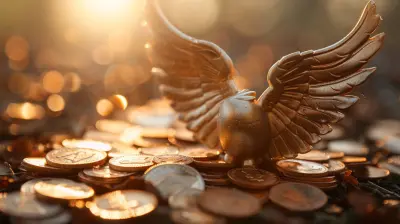Psychological Pricing Tactics to Boost Sales
15 July 2025
Money talks, but the way we present prices speaks even louder. Ever wondered why certain numbers nudge you toward "Add to Cart" while others make you hesitate? That's psychological pricing at play—a subtle yet powerful force that influences buying decisions without customers even realizing it.
In this post, we’re diving deep into the fascinating world of pricing strategies that persuade, entice, and ultimately, boost sales. If you're a business owner or marketer looking to fine-tune your pricing game, buckle up—this one’s for you!
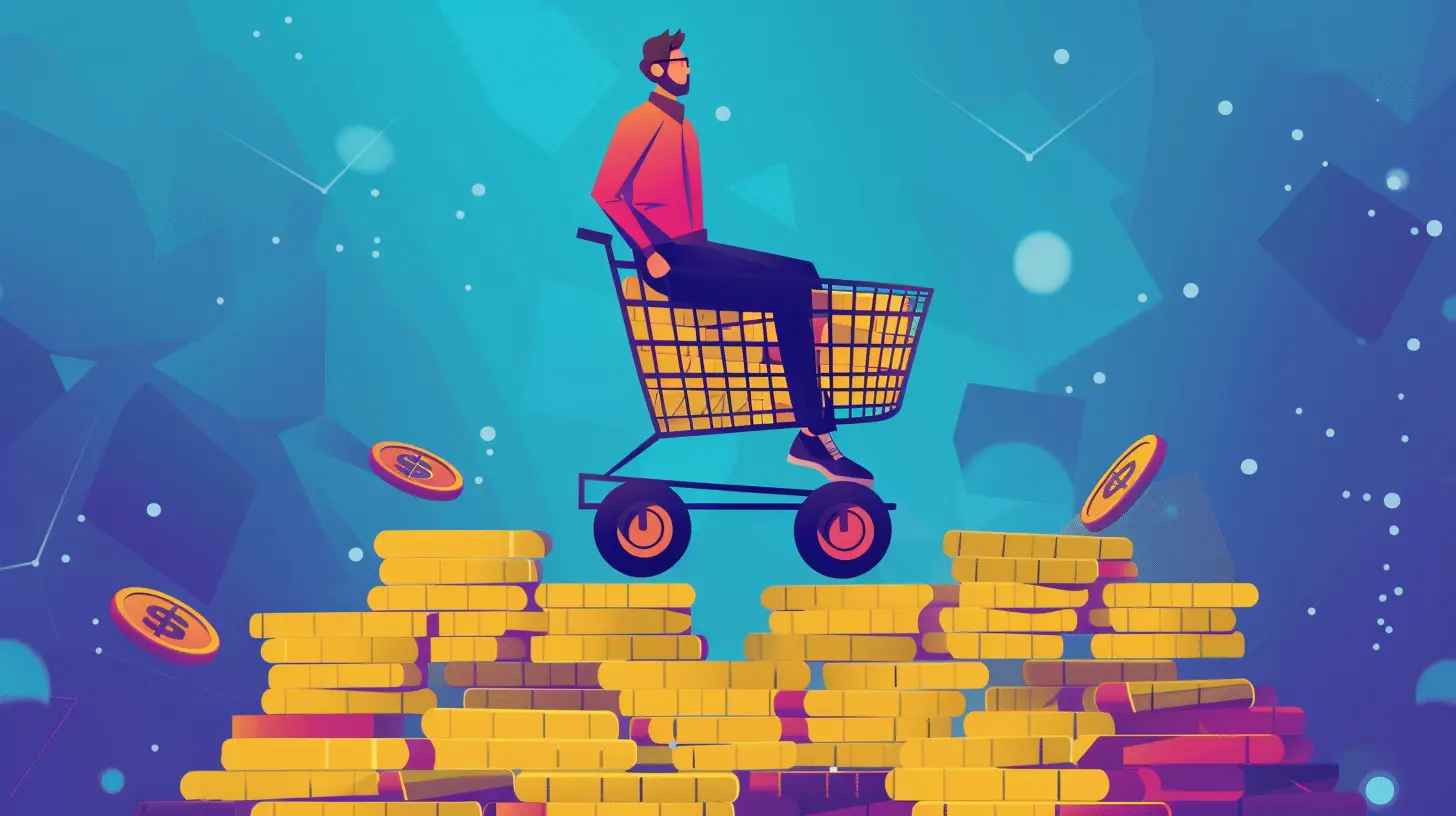
What is Psychological Pricing?
Psychological pricing is the art of setting prices in a way that influences customer perception. It’s not just about numbers; it’s about how those numbers feel to potential buyers. Small tweaks—like ending prices in 9, using decoys, or bundling products—can make all the difference between a sale and an abandoned cart.Customers don’t always make purely logical purchasing decisions. Their emotions, cognitive biases, and subconscious triggers shape how they react to price tags. And that’s exactly where psychological pricing sweeps in like a magician, turning a simple number into an irresistible deal.
Let’s break down the most effective psychological pricing tactics and how you can use them to boost sales. 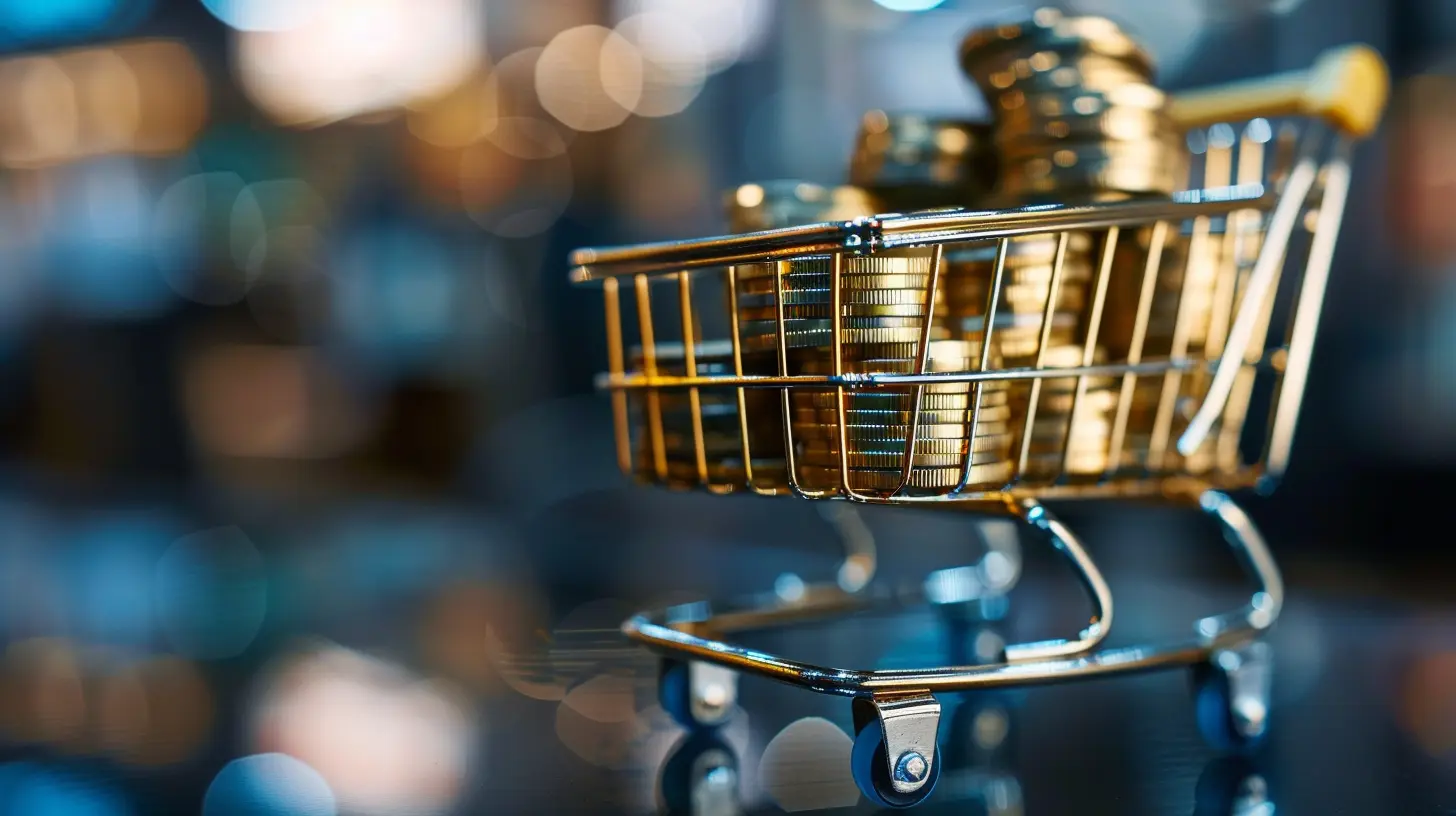
1. The Magic of "Charm Pricing" (The Power of 9s)
Ever noticed how most prices end in .99 or .95? That’s no accident. Studies show that customers perceive prices like $9.99 as significantly cheaper than $10.00, even though the difference is just a penny.Why does this work?
- Our brains process numbers from left to right, so we tend to focus on the first digit. This makes $9.99 feel closer to $9 than $10.
- Odd numbers, especially 9s, create a perception of value and discounts.
How to use it: If you're pricing a product at $50, try $49.99 instead. That tiny adjustment can increase conversions simply because it "feels" like a better deal. 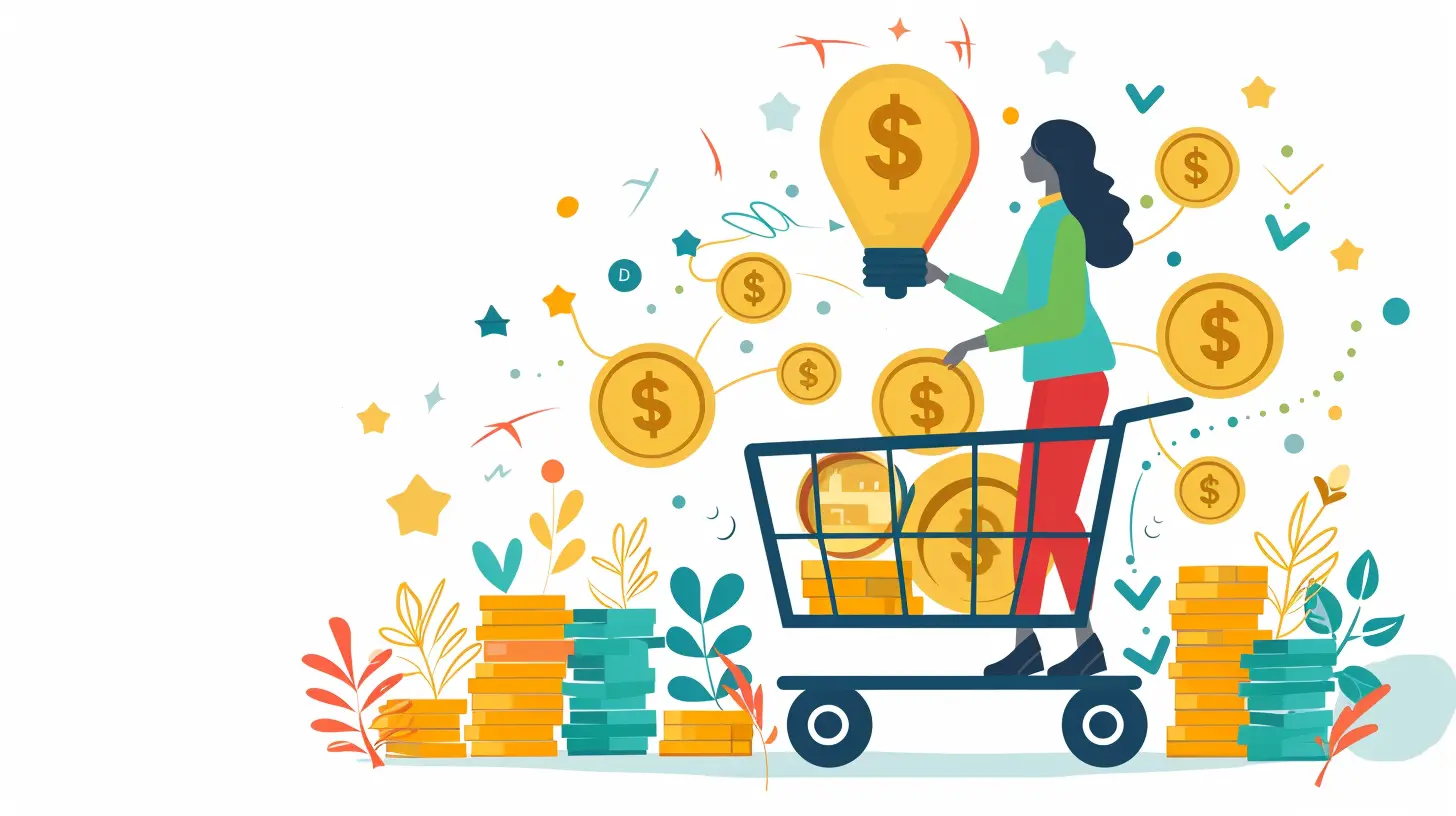
2. Price Anchoring: The First Number Sets the Stage
Imagine you're at a store looking at two pairs of sneakers. One costs $180, and the other costs $120. That $180 sneaker just made the $120 pair look like a steal—even if you had no idea what sneakers should cost.This is called price anchoring, where the first price a customer sees influences how they perceive subsequent prices.
How to use it:
✔️ Display a higher original price next to the discounted price (e.g., "$199 Now Only $129!")
✔️ Show premium and budget options together, making mid-range options seem more attractive
✔️ Use price comparisons to make deals look even sweeter 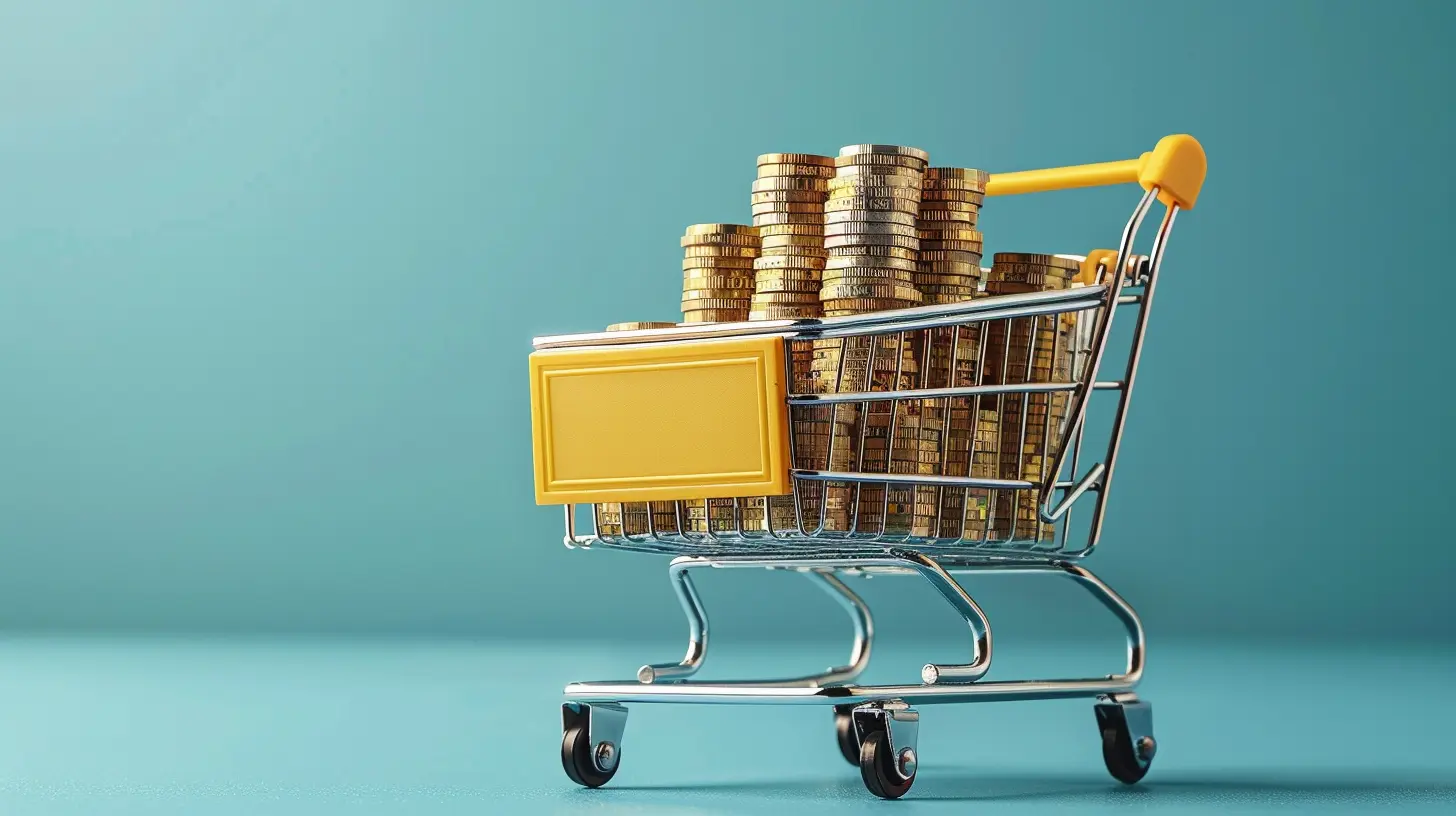
3. The Decoy Effect: Steering Customers Towards a Choice
Imagine you're buying a coffee:☕ Small - $3.00
☕ Large - $6.50
You might hesitate because the jump from $3 to $6.50 feels steep. But now, let's introduce a third option:
☕ Small - $3.00
☕ Medium - $5.75
☕ Large - $6.50
Suddenly, the large coffee looks like the best deal. That’s the decoy effect in action. The medium option is strategically priced to make the large size seem like the smartest choice.
How to use it:
✔️ Introduce a "middle" option that makes the premium product more appealing
✔️ Use decoy pricing for service packages, subscriptions, and product bundles
✔️ Drive customers toward high-margin items without them feeling pressured
4. The Power of Bundling: "More for Less"
Who doesn’t love a good deal? Bundle pricing makes customers feel like they're getting more value for their money—even if they wouldn’t have bought the extras separately.For example:
🎧 Buy a laptop and get a free wireless mouse
💄 Get a full makeup set for $49 instead of buying products separately for $70
🛍️ "3 T-Shirts for $25" sounds better than "$9.99 each"
Bundling taps into our fear of missing out (FOMO) and the innate desire to get maximum value for our spending.
How to use it:
✔️ Bundle slow-moving products with bestsellers
✔️ Offer "Buy One, Get One Half Off" deals
✔️ Use tiered pricing (e.g., "Basic, Pro, and Ultimate" packages)
5. The Scarcity Effect: "Only a Few Left!"
Nothing sparks urgency like scarcity. When customers think a product is limited, they act fast—because no one wants to miss out on a great deal.An empty shelf or a countdown timer can light a fire under hesitant buyers. That’s why phrases like:
- "Only 3 left in stock!"
- "Sale ends in 2 hours!"
- "Limited edition—don't miss out!"
...work like magic. They create urgency and FOMO, prompting immediate purchases.
How to use it:
✔️ Display stock levels (especially for trending products)
✔️ Use countdown timers during sales
✔️ Offer "early bird" or "limited-time-only" pricing
6. Free vs. Discounted: The Zero-Price Effect
“Free” has a power no discount can match. If you’ve ever chosen a "Buy One, Get One Free" deal instead of a "50% Off" discount—even when they amount to the same savings—you’ve fallen for the zero-price effect.Why does this work? Because the word "FREE" triggers a strong emotional response. People perceive free items as more valuable than discounted ones, even if the monetary savings are identical.
How to use it:
✔️ Offer free shipping instead of a percentage discount
✔️ Use "Buy One, Get One Free" promotions
✔️ Highlight "FREE Bonus Gift" deals
7. The Influence of Prestige Pricing (Rounding Up for Luxury)
While charm pricing (ending prices in .99) works well for budget-friendly products, luxury brands take the opposite approach. They use round numbers to convey elegance and exclusivity.Think about high-end brands:
- A designer bag is $1,500, not $1,499.99
- A 5-star hotel room is $400 per night, not $399.99
Rounded numbers feel cleaner, simpler, and more premium—perfect for luxury products where quality matters more than discounts.
How to use it:
✔️ Use rounded prices ($50 instead of $49.99) for high-end or premium products
✔️ Keep price tags minimal and sleek for a sophisticated look
✔️ Avoid discount-driven pricing for high-value services
8. The Power of Payment Plans: Breaking Down Big Numbers
Large price tags can scare customers away, but breaking a big number into smaller payments makes it feel more affordable.For example:
❌ "This online course costs $399."
✅ "Get lifetime access for just $33/month for 12 months!"
The second option feels way more achievable, even though the total price remains the same.
How to use it:
✔️ Offer installment plans for high-ticket items
✔️ Highlight "only $X per day" instead of the total cost
✔️ Use monthly subscription plans instead of one-time fees
Final Thoughts
Pricing isn’t just about numbers—it’s about perception, emotion, and psychology. By leveraging these psychological pricing tactics, you can subtly guide customers toward buying decisions without pressure or gimmicks.Whether it's using charm pricing, anchoring, scarcity, or bundling, small pricing tweaks can lead to big results. Remember, the way you present your prices can be the difference between a missed sale and a superfan customer.
So, which of these tactics will you try first? Drop a comment and let’s chat pricing strategies!
all images in this post were generated using AI tools
Category:
Pricing StrategiesAuthor:

Lily Pacheco
Discussion
rate this article
1 comments
Owyn Ross
This article brilliantly highlights the subtle power of psychological pricing. Understanding how consumers think can truly transform sales strategies. Thank you for shedding light on such an essential aspect of effective marketing!
July 24, 2025 at 4:11 AM

Lily Pacheco
Thank you for your kind words! I’m glad you found the article insightful. Understanding consumer psychology is indeed key to enhancing sales strategies!
